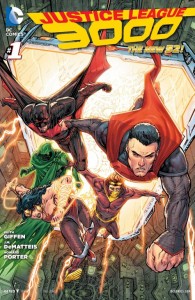 People who know me know that I loves me some 80s-era Justice League International. In a lot of ways, it was the true breakout revelation coming out of Crisis On Infinite Earths: the premier super team of the DC Universe packed with 90 percent B-listers who often didn’t like each other, spent as much time bantering as they did fighting crime, and who seemed to spend about half their time wondering what they hell they were doing there (when they weren’t wondering how to turn a buck from being on the team).
People who know me know that I loves me some 80s-era Justice League International. In a lot of ways, it was the true breakout revelation coming out of Crisis On Infinite Earths: the premier super team of the DC Universe packed with 90 percent B-listers who often didn’t like each other, spent as much time bantering as they did fighting crime, and who seemed to spend about half their time wondering what they hell they were doing there (when they weren’t wondering how to turn a buck from being on the team).
It was groundbreaking, even though it shouldn’t have been – Keith Giffen’s, J. M. DeMatteis’s and Kevin Maguire’s Justice League came right after the horror and debacle of Justice League Detroit, which was also packed with B-listers, wanna-bes and spastics , but was missing little things like entertainment value, or characters you might give a shit about. Seriously: the only person who remotely cares about Vibe is Geoff Johns, and I am still reasonably convinced that he only brought the character back to settle a bar bet with Dan DiDio.
But eventually, all good things must pass. By the mid to late 90s, people began to tire of the humor of the Justice League International books (and to be honest, the balance between humor and action did seem to tilt firmly toward the Bwah-hah-ha-ha side of the scale), and DC rebooted the Justice League with JLA and Grant Morrison’s and Howard Porter’s vision of DC’s Big Five (plus Aquaman, who is only considered a DC A-lister when DiDio asks Johns, “Double or nothing?”).
And it has been with the Big Boys we have stayed for lo, these more than fifteen years. After all, DC launched their New 52 with a Justice League lineup that could have come straight from 1965 but for the inclusion of Cyborg and about 10,000 Jim Lee seams and fine detail lines. And a lineup like that leaves little room for Giffen’s and DeMatteis’s humor and infighting; after all, having Earth’s (Original) Mightiest Heroes sniping at each other as pussies and jackasses would be unseemly to those legendary character and to their owner’s parent company, who is struggling desperately to get a Justice League movie off the ground.
However, you should never count Giffen and DeMatteis out. Because with Justice League 3000, they have found a way to get some conflict and humor out of the Big Five by cloning them, dumping them 987 years into the future, and ripping all the history you think you know about the characters away… kinda like right after Crisis On Infinite Earths.
So the question is: can these guys catch lightning in a bottle twice? Particularly considering they’ve got Howard Porter, who helped revitalized the JLA after they left Justice League International, doing the art?
Well, kinda.
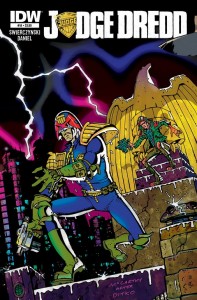
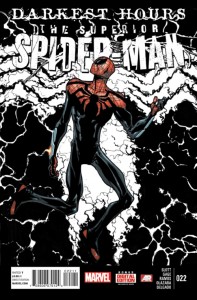
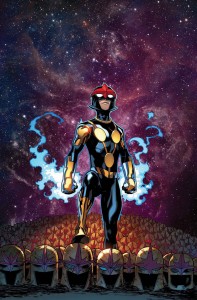
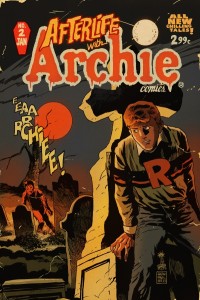
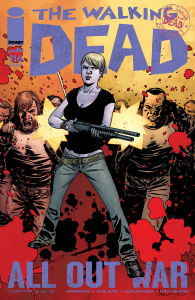
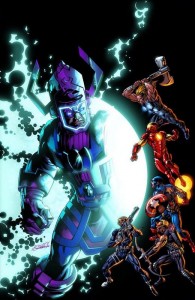
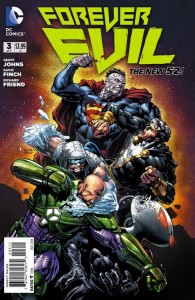
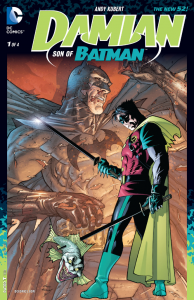
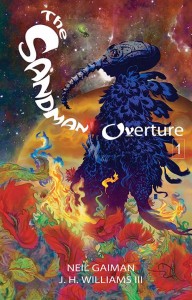
 Podcast RSS Feed
Podcast RSS Feed iTunes
iTunes Google Play
Google Play Stitcher
Stitcher TuneIn Radio
TuneIn Radio Android
Android Miro Media Player
Miro Media Player Comics Podcast Network
Comics Podcast Network